Are you passionate like us about Japanese culture and arts? Discover in this article the Japanese art ukiyo-e...
Ukiyo-e is a Japanese art movement that emerged during the Edo period. Ukiyo-e artists published their works in the form of a Japanese print, using xylographic processes. This movement will be the most popular art genre in Japan between the 16th and 19th century until the beginning of the Western influence...
So in this article we will see:
- Definition of the Japanese term Ukiyo-e
- How to make a Japanese print
- The history of Ukiyo-e
Get ready to explore this facet of Japanese art!
What are the themes of Ukiyo-e paintings?
Ukiyo-e artworks are produced through the technique of xylography. This process was first used by the Chinese to print characters from a woodblock bearing an engraving of the original text.
In Japan, the same principle was borrowed to reproduce drawings first for religious and later, artistic purposes.
Certain elements appear frequently and prominently in Ukiyo-e prints (paintings): beautiful women, eroticism, the Japanese calendar, drama, wrestling, nature, the supernatural
Bijin-ga ukiyo-e: the splendid Japanese women

Among Ukiyo-e prints there is the category of bijin-ga, (paintings of pretty women). These are very often portraits of geisha or famous courtesans from the famous Yoshiwara district. They are often shown alone or in groups enjoying themselves, walking in the streets of the city. Not all the women depicted in the bijin-ga are courtesans, however.
The prints of pretty women do more than promote the libertinism of the Yoshiwara district. They are also representative of the Japanese ideal of beauty at the time. The women in the portraits, great fashion influencers, are adorned with the most fashionable clothes (Japanese Kimono woman) and accessories.
Shunga print: Japanese eroticism
Shunga ("Springtime Image") prints deal with erotic subjects. They enjoyed a certain popularity between 1600 and 1868. The erotic genre is among the main focuses and appears in several major Ukiyo-e artists.
Shunga often depict love relationships between ordinary as well as middle-class townspeople, with a somewhat humorous touch. The couples often intertwine in surreal contortions and often feature genitalia of inordinate proportions. They are rarely naked during lovemaking, this is done on purpose to draw the eye to the exposed body parts.
E goyomi: Japanese calendar
E-goyomi or "calendar pictures" are luxury prints from Japan. Reserved for wealthy customers, they were produced using the most advanced techniques. It is hard to believe that such artistic productions were actually used to identify the short and long months of the Japanese calendar.
These are cleverly hidden somewhere in the design: in the patterns, or in the traditional kimono or obi belt of a female character. Their appeal lies in the subtle wit with which the artist disguises the message of the Japanese print calendar.
Yakusha-e: traditional Japanese theater print
The "actors' images" the Yakusha-e are another major theme that appears in many Ukiyo-e prints. This category of prints focuses on the second most popular attraction in the Yoshiwara district after courtesans: the world of Kabuki theater.

Yakusha-e, as the name suggests, are artistic portraits of famous Japanese theater actors. These prints helped to promote Kabuki theater and often made the actors they depicted popular.
They are often shown in the form of a picture.
They are often depicted in their makeup, performing on stage. The portraits immortalized the mie, the particular poses and mimics that the actors adopted.
Some portraits are made in honor of popular actors who have passed away. They very often appear as triptychs (works in three parts) with the main actor of a play on the central part.
Sumo-e: floating world art and Japanese wrestling
There are also sumo-e, ukiyo-e portraits or images related to the art of Nipponese wrestling. Because Japanese wrestling, sumo, also enjoyed a certain popularity, as indeed it still does today.
As with images of actors, sumo-e are portraits of famous champions and wrestlers. They also depict the rituals that precede the fights, the ceremonies of entering the ring and the actions of the fighters. But they are not limited to what happens in the ring and also depict the spectator attitudes and the Japanese temples and other places where the tournaments were held.
Japanese landscape print
Some Japanese paintings move away from urban joys and landscapes and make nature landscapes their main subjects. Temples, shrines as well as plants and animals (birds, insects etc..) are frequently depicted in this category.
In contrast to Chinese art and the traditional Japanese painting that was inspired by it, the natural landscapes present in Ukiyo-e prints are not abstract places. They are richly colored and more or less faithful representations of the local landscape and often feel as if they are part of the scene.
Japanese mythology and its folklore
Some plays go further and depict fantastic and ghostly creatures from shinto religion. They are popular with an audience that develops a taste for the strange and unusual. But are the means for some artists, after the censorship, to criticize or deride the Japanese political sphere of the time.
Japanese printmaking process
Ukiyo-e prints are the result of collaborative work between several individuals. A whole team of experts made up the production chain of Ukiyo-e prints: An artist, an engraver, one or more printers as well as a publisher. Each was involved in a certain stage of production.
The artist
He would make a shita-e, a drawing in black ink (sumi). This was often made entirely by the artist, but sometimes he made only a sketch which was completed by others. For this, very thin and translucent paper (hanshita-e) was used. The drawing served as a model for the engraver in the second stage.
Graver
The engraver used the model to sculpt into the wood a replica of the design by putting the lines of the shita-e into relief. The operation was done by placing the hanshita-e on the wooden board and carving it through the paper, thus destroying the original drawing.
This meant that at the slightest mistake everything had to be started over. This is why the work of the engraver, who had to have years of experience, was done under the supervision of the artist.
For color productions, several plates were engraved. One for each color. Only the areas of the drawing to be colored were highlighted this time. A mark (kento) was carved on each of them. This was important during the printing phase.
Printer
The printer handled the inking. He applied to the woodcut or "line plates" the colors that were to appear on the print. The operation was no less delicate than that of the engraver, and this craftsman also had to be very experienced
The printer would first lightly dip the plate before applying an even layer of ink to the raised areas. He would then place a sheet of paper on the inked board to print a replica of the drawing made by the artist.
When the print was to contain multiple colors, each of the plates made by the printmaker was inked separately in the appropriate color. Then the colors were printed in turn on the paper sheet. The registration marks left by the engraver allowed the colors to overlap perfectly, without spilling over onto each other.
The publisher
The editor was neither an artist nor an experienced craftsman. He was therefore not directly involved in the process of creating the print. Nevertheless he held the role of conductor. He associated artist and engraver and printer and coordinated their activities. He was in charge of marketing the prints after their production on wood.
Materials and tools used to make a print

The pigments used for the drawings and colors were derived from plants. Black sumi ink, for example, was made primarily from pine charcoal powder mixed with rapeseed oil.
The boards used for the drawings and colors were made from plants.
The boards used were cherry wood, which was easy to engrave and more durable in the printing phase. The material was dried, preserved and conditioned for years and then cut into 3.5m thick pieces.
The printer used a special tool, a hake. A brush made from horsehair. The hake was first soaked in water before being impregnated with the pigment to deposit the ink on the plate in the appropriate amount.
The engraver could use up to seven tools. But he used the hangito, a kind of knife that he used to carve the wood, more. He gave great care and maintenance to his tools.
History of ukiyo-e

Japanese Illustrations
After years of civil wars and Mongol invasions, Japan finally finds towards the end of the XVIth century and with Emperor Tokugawa an era of stability. This situation favored the urbanization of the country as well as the emergence of a new class, composed of merchants and craftsmen, the chonins.
The chonin are wealthy, living in ease and in the pursuit of pleasures, luxury. The word Ukiyo, which means floating world, is moreover, a Buddhist concept slightly diverted from its meaning to speak of the mode of this debauched life of the chonins. One can then easily understand why books dealing with urban pleasures, the e-hon, become popular with this bourgeoisie.
Ukiyo-e "Images of the Floating World" appear, at first, in e-hon, illustrated books. Hishikawa Moronobu, who drew hundreds of illustrations, is considered the pioneer of this art. He would inspire emulators such as Sugimura Jihei, Torii Kiyonobu I and Kaigetsudo Ando. The latter would found the Torii and Kaigetsudo schools
At this time Ukiyo-e was still in a primitive stage. In the sense that certain technical and stylistic processes had not yet been developed. Colors are not very present, not very varied and applied mainly by hand. In terms of style, the details of the foreground subject are prioritized over the background.
Brocart Stamps
Before the advent of color prints, artists produced monochrome (Black-and-white) images. For special commissions, the drawing was colored by hand with paint. The colors generally used were orange, green or yellow.
In the XVIIIth century it was the advent of nishiki-e, "brocade images". Unlike tan-e, nishiki-e are polychrome, they display a wider range of colors. They are no longer added manually. They are printed on the design with blocks of the design engraved for each color. Some prints could have as many as 12 different colors.
The technique, which is very expensive, and first used to make calendar paintings (e-goyomi), intended for rich customers is an innovation of Suzuki Harunobu. He is the major artist of this period. His style is meant to be poetic and is imbued with an idealism that many of his followers will seek to shed.
The Ukiyo-e of Harunobu's successors is marked by a great fidelity to reality, in the features and expressions, in the subjects. Katsukawa Shunshō, makes portraits of actors that are more lifelike. Koryūsai and Kitao Shigemasa are interested in real-life geisha and courtesans, not idealized female portraits.
The Genroku Era: The Golden Age
Thereafter Ukiyo-e experienced a full essor, a golden age towards the end of the 18th century. The Japanese prints production was at its peak and had become widely successful. There is also an evolution of production methods and styles.
Kiyonaga presents images of pretty fashionable women and urban scenes in large format or in two or three parts (Diptychs, triptychs). Kabuki actors are still present in his paintings, in a more lively and realistic style.
Utamaro's portraits of women, his bijin ōkubi-e, show only the bust and head. The artist manages to personalize the facial features of his subjects instead of bending to the existing uniform idealistic models.
The city of Edo was the home of this golden age. But one can also note the presence of Ukiyo-e artists in the regions around Kyoto and Osaka. Differences existed between the ukiyo-e of Edo and that of the outside. The themes covered were not as diverse as with Edo ukiyo-e artists. They seemed more interested in representations of actors.
Censorship and New Themes (early 19th century)

A law already required, an official government seal of approval on prints before they could be marketed. Violators faced severe repression. Censorship over ukiyo-e prints was to intensify with the ban on themes related to luxury and pleasure that had previously marked ukiyo-e.
This situation leads to a reorientation of ukiyo-e in the course of the 19th century. This is when natural landscapes replace urban landscapes. The ukiyo-e artists embarked on the representation of nature. Hokusai and Hiroshige contribute to making it a style of its own.
Hokusai, who called himself "the mad painter" produced famous illustrations and paintings of nature with Thirty-Six Views of Mount Fuji. His most famous work is probably The Great Wave of Kanagawa, which dates from 1830. He is interested in the everyday realities of the city but with a less licentious approach. We see this in the small scenes of the Hokusai Manga.
Decline towards the end of the 19th
After years of isolationism, Japan opened up to the West with the Meiji era restoration of 1868. The ukiyo-e of this period will undergo many profound transformations.
Chemical paint, introduced to Japan from the West, began to be used instead of the natural pigment elements that characterized ukiyo-e prints. Some artists produce a type of print with a lot of bright (artificial) red. These are aka-e, "red images"
Ukiyo also tackles new themes very different from its classical subjects. Yoshitoshi depicts fantastic, supernatural and mythological scenes that include extraordinary creatures, ghosts and legendary heroes. He is considered by some to be the last great ukiyo-e artist depicts scenes.
There was the emergence of new artistic movements with particular styles and principles. The shin-hanga movement, whose creator is Watanabe Shozaburo , seeks to distinguish itself from the reputation of ukiyo-e as a mass commercial art. In addition, they were inspired by the Western impressionists and included elements such as the play of light in their paintings. But their themes remained traditional.
With another movement, the sōsaku hanga or "creative printmaking," the production of a print is no longer a collaborative effort between artists and craftsmen. The artists in this movement take care of the entire printmaking process themselves (Drawing, engraving, inking and printing).
The Ukiyo-e and the West
Following the Kanagawa convention that opened Japan to Dutch and American ships, Ukiyo was influenced by Western art. Some prints are thus produced in a European style. The artist Toyoharu, produced prints that imitated the perspective of European paintings. His work will influence other Japanese artists such as Hiroshige and Hokusaï. The artists also discovered Prussian blue, which would become a pigment widely used in Hokusai's paintings.
But Ukiyo-e would also influence the Western art world, popularized by the Paris World's Fair in 1867. It will be the subject of great interest to the American Ernest Fellonosa, who will publish the first works on the subject. And will influence several great Western painters such as Vincent Van Gogh, Monet, Klimt and Degas in a movement called "the Japonism". The latter will produce paintings inspired by ukiyo-e prints.
Conclusion
Ukiyo is a Japanese art form that unlike other classical genres touched on popular subjects. It also differs from other art forms, such as Samurai art, in the way an ukiyo-e print is produced. The artist alone cannot claim credit for an ukiyo-e print. The craftsmen, experts in their field, played an essential and underappreciated role.
Historically, Ukiyo-e begins with less than noble beginnings but eventually takes off as an accomplished art style thanks to pioneers like Moronobu and innovators like Sukenobu. The opening of Japan to the West marks the decline of ukiyo-e in its traditional form through the introduction of the camera as well as chemical colors.
Ukiyo-e is one of many artistic movements that have followed one another over time. To learn more about Japanese, we recommend you to read our Japanese martial arts guide...




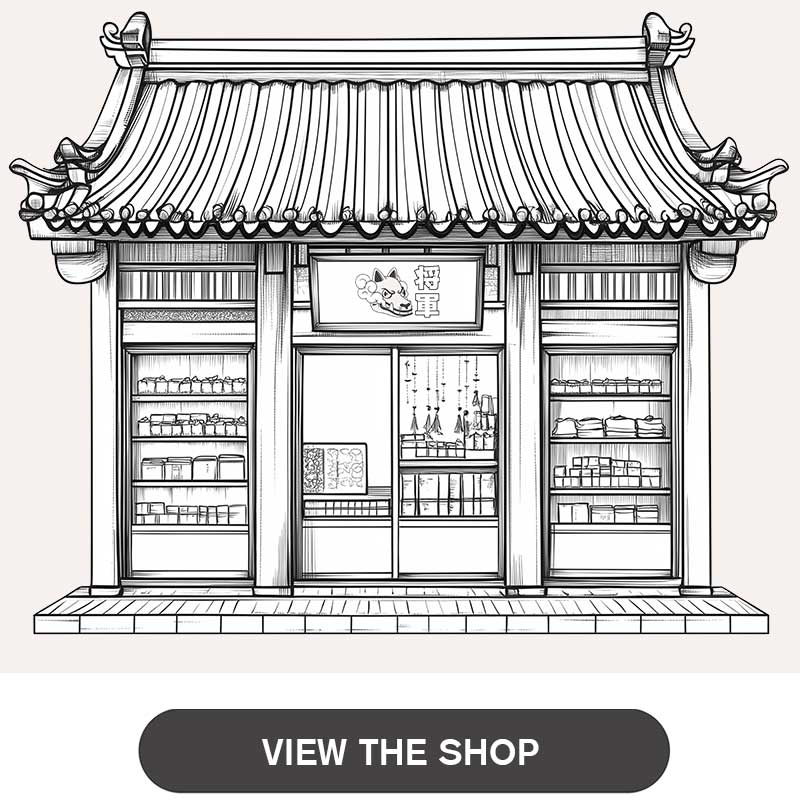
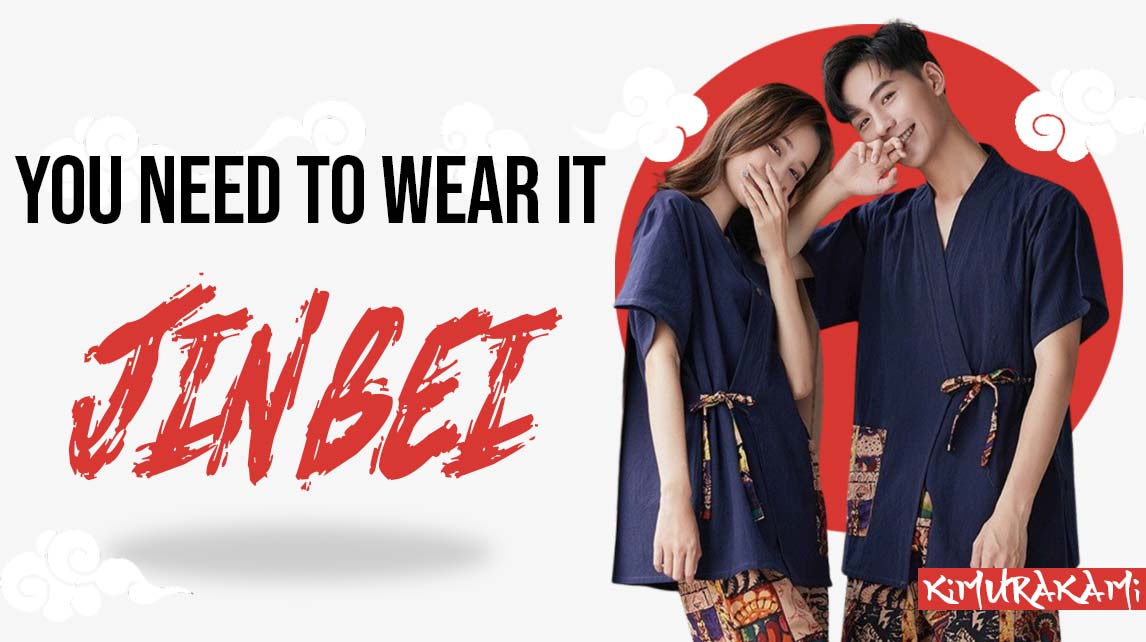
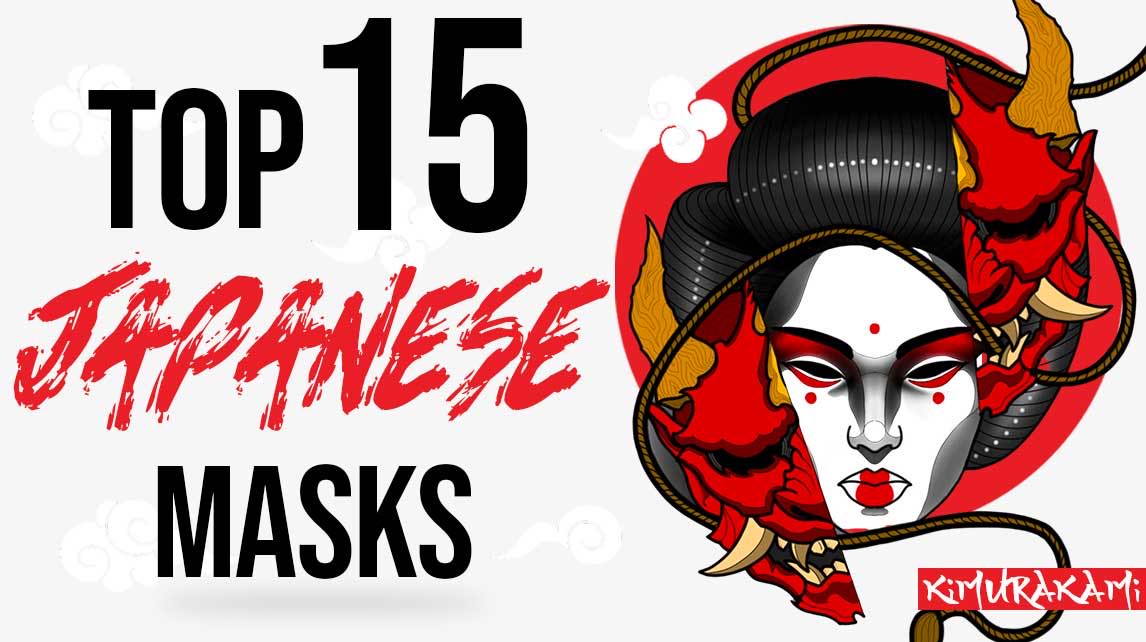
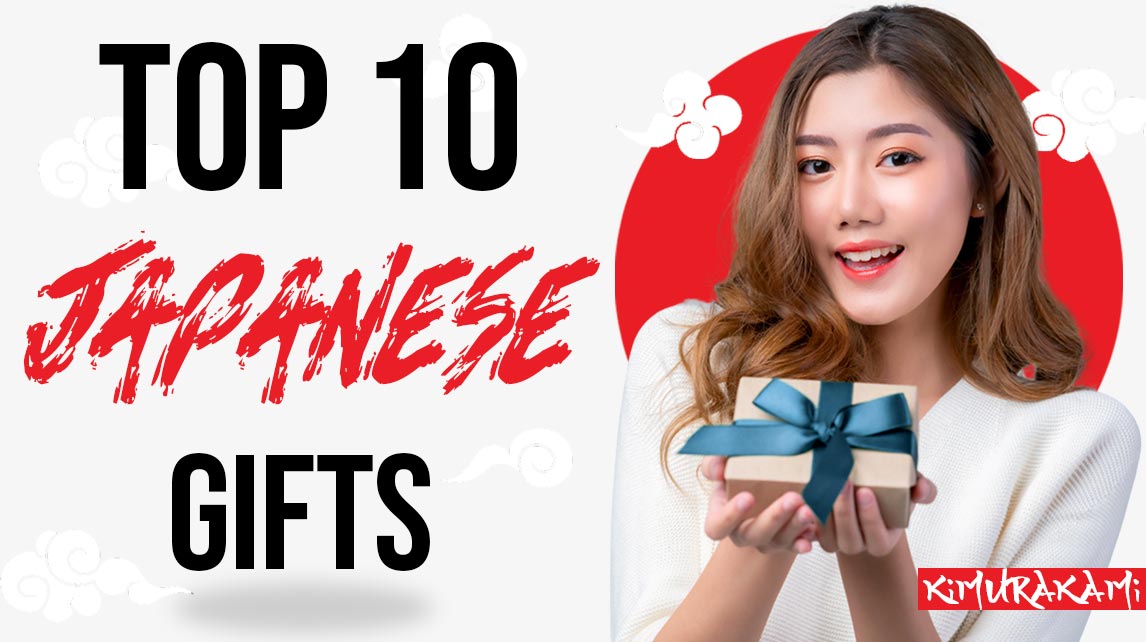
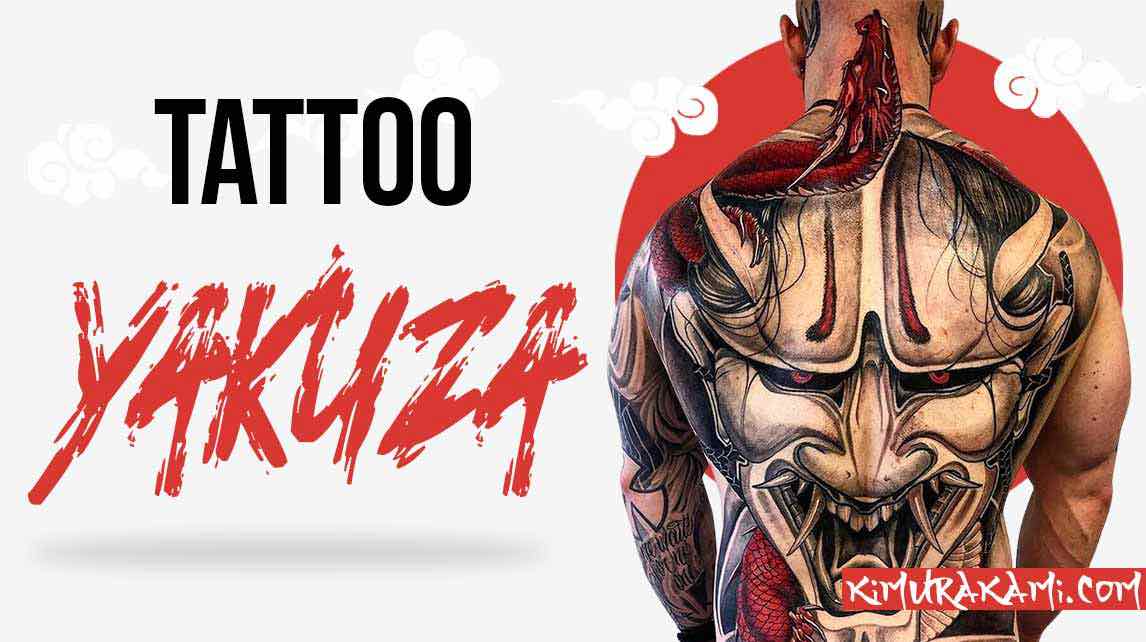
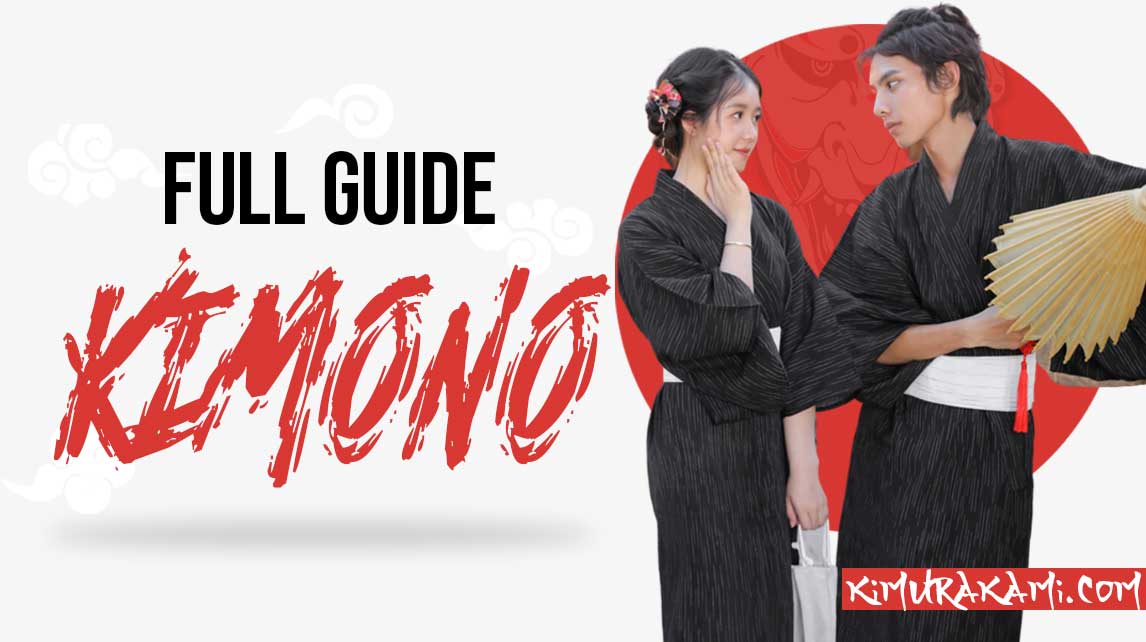
Leave a comment